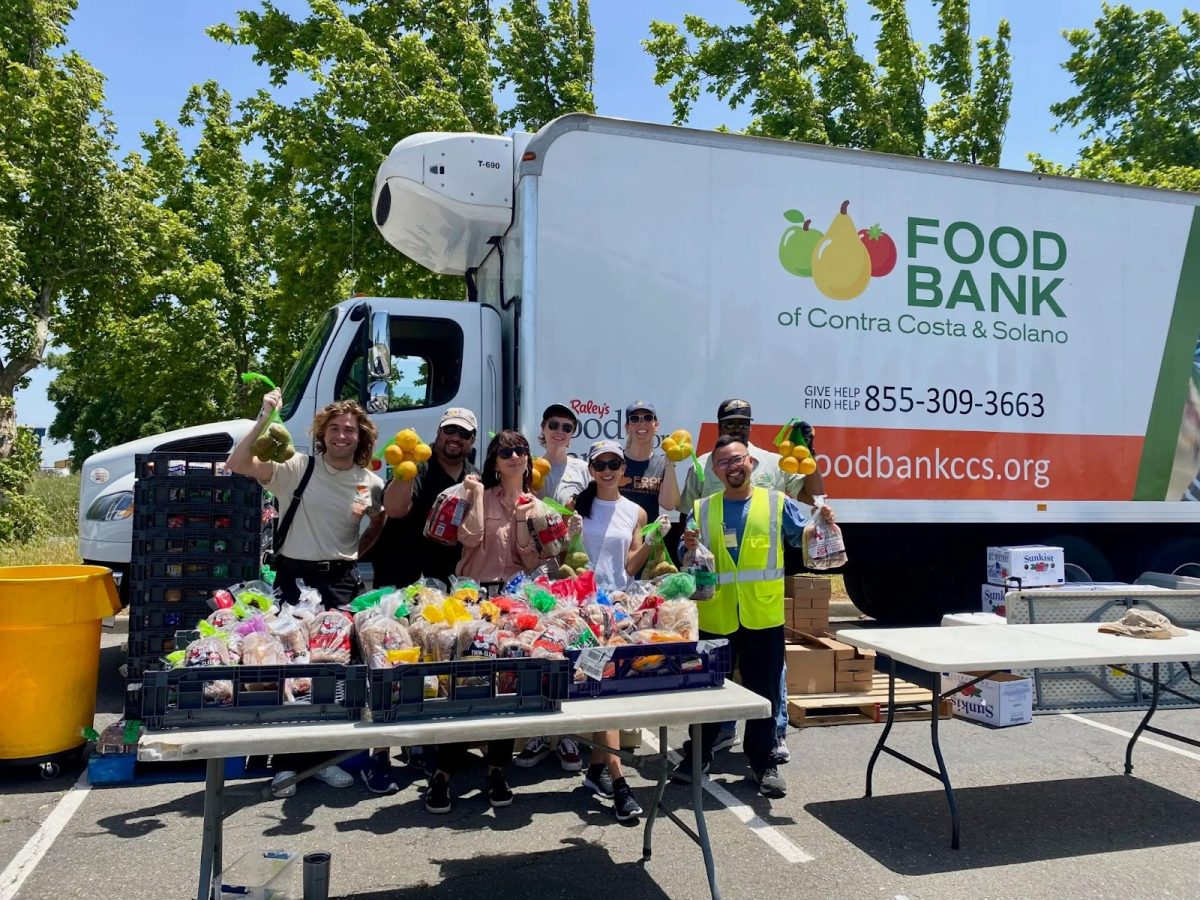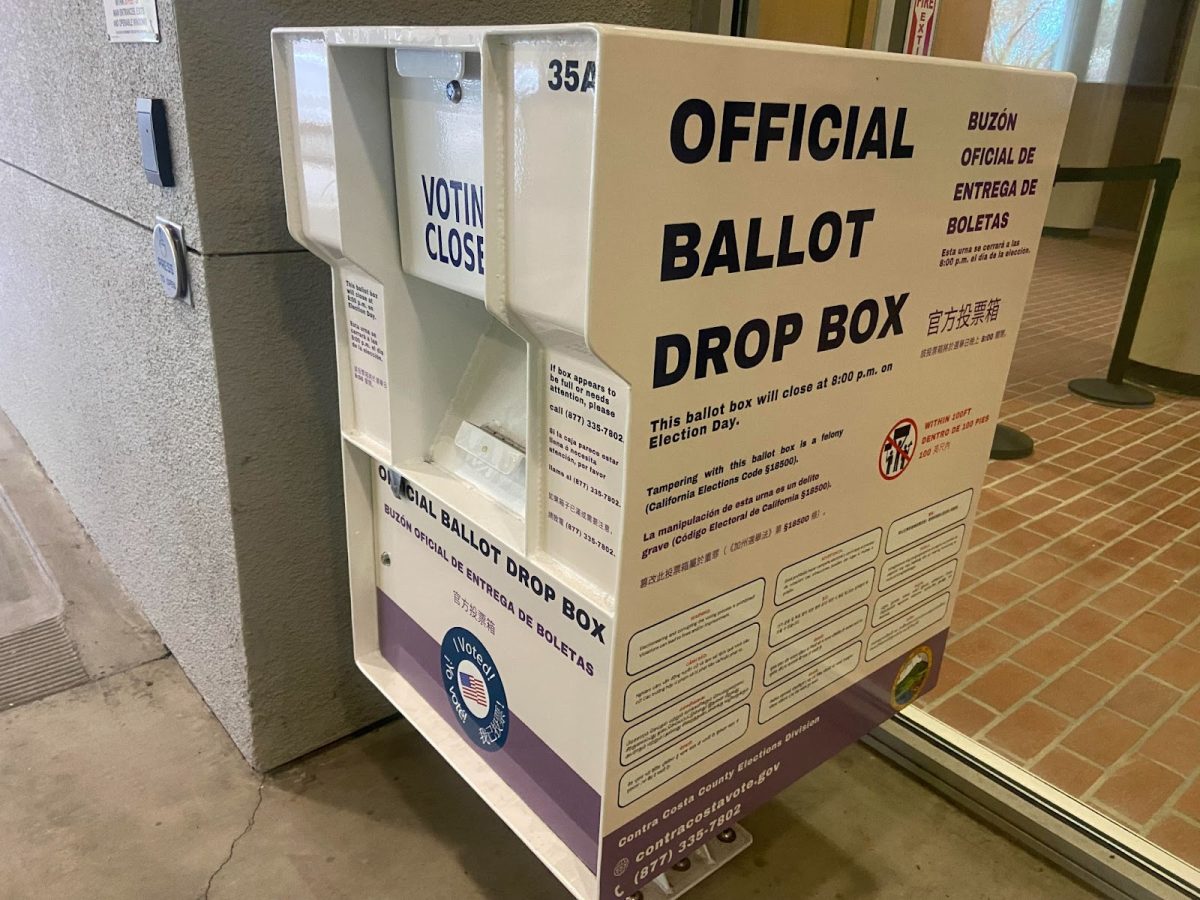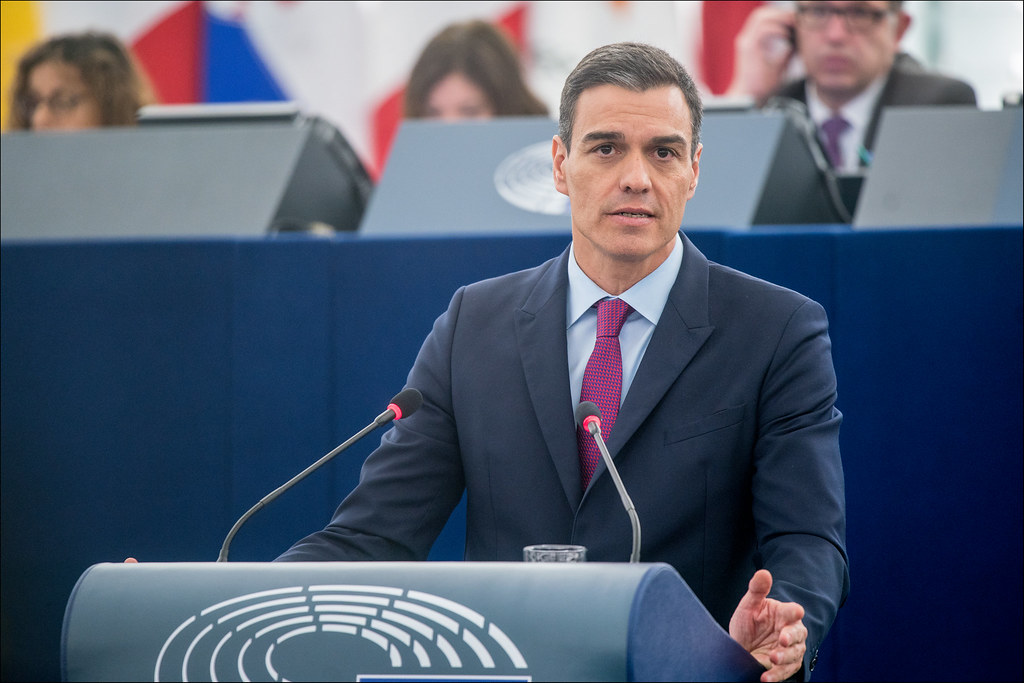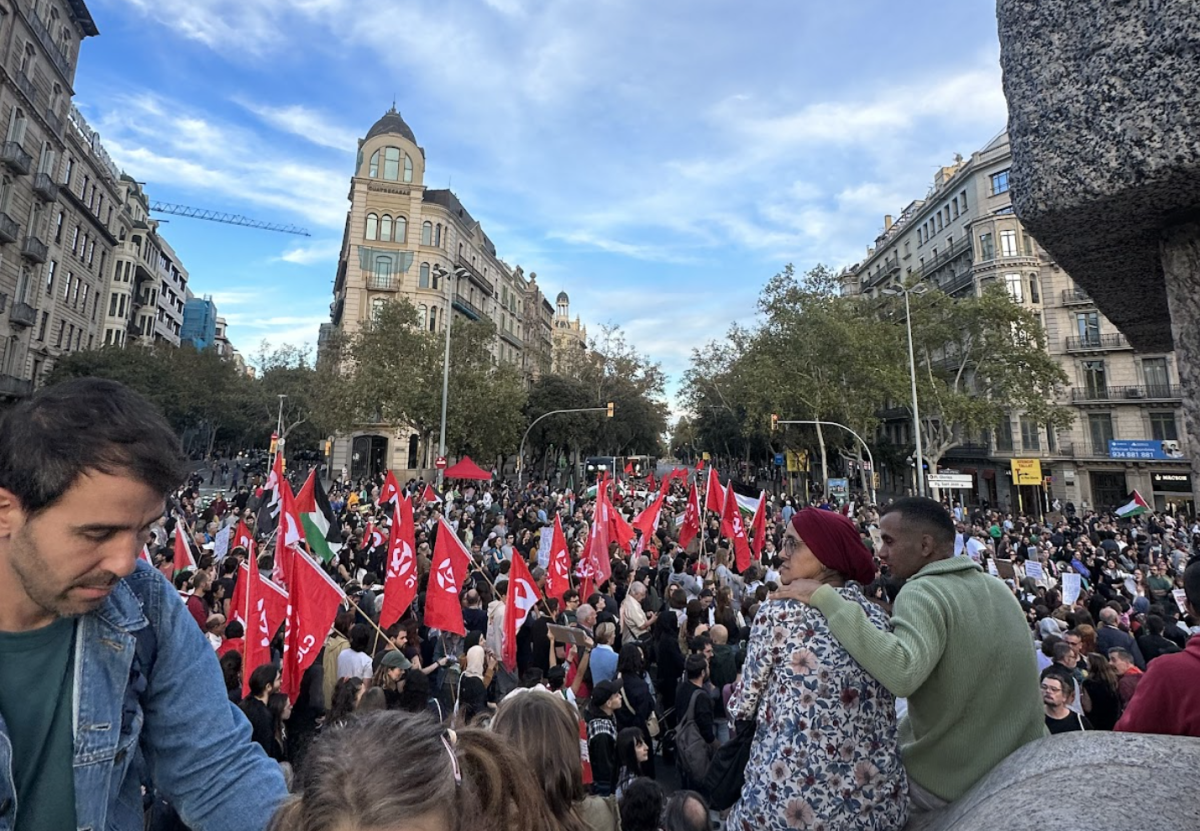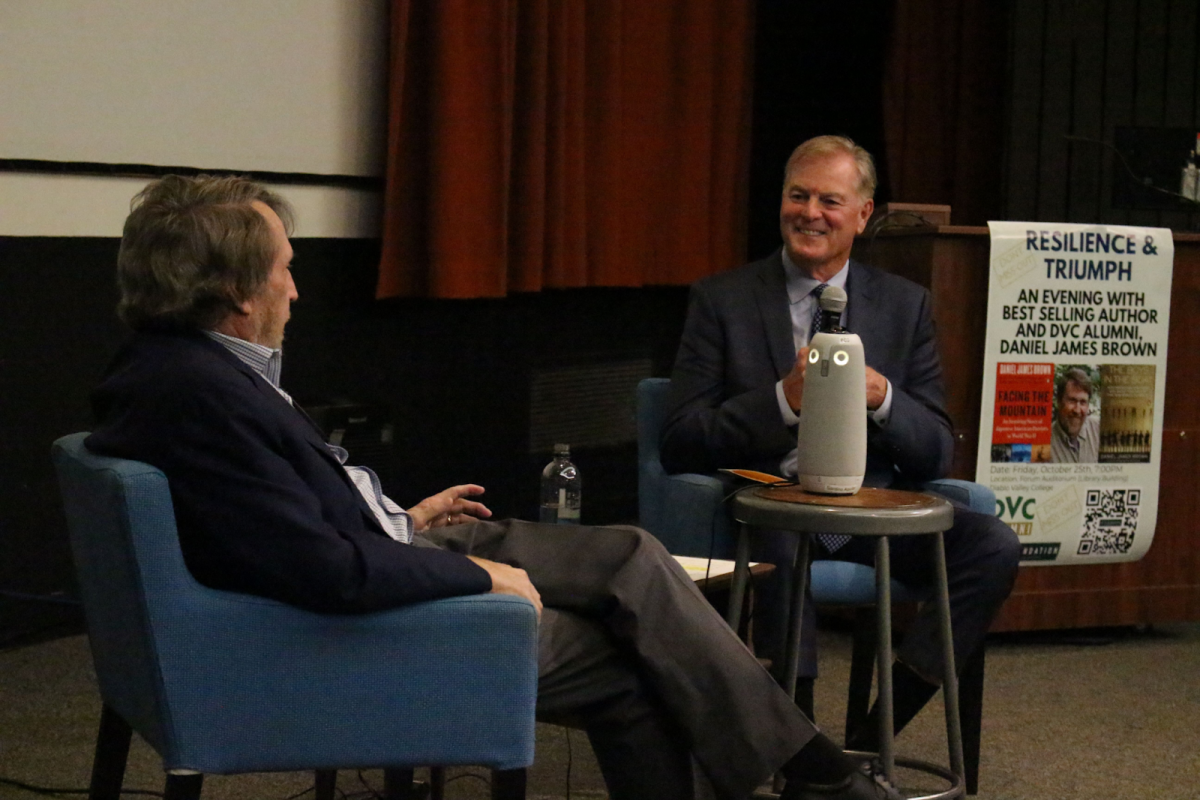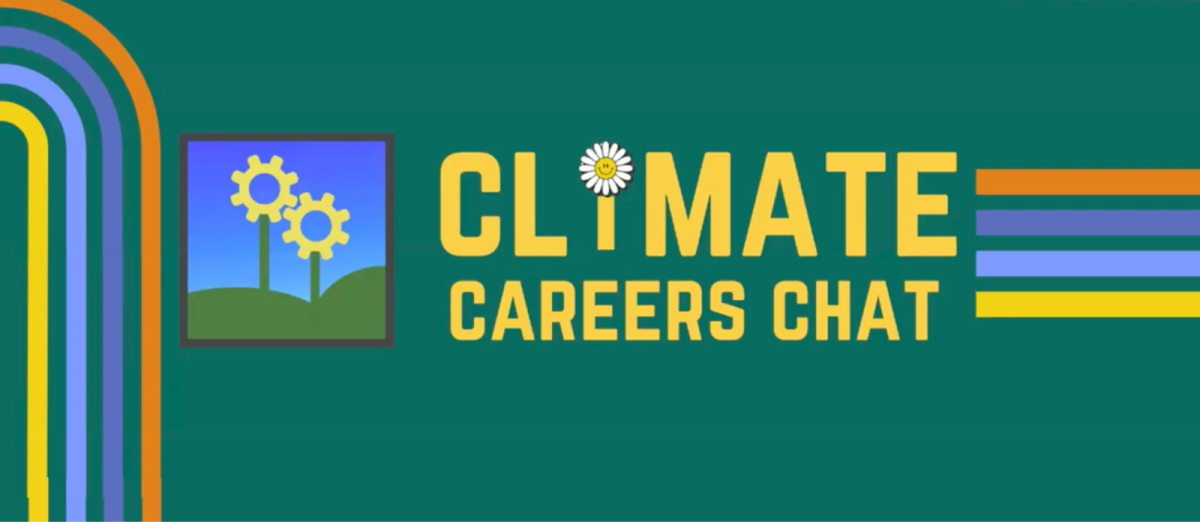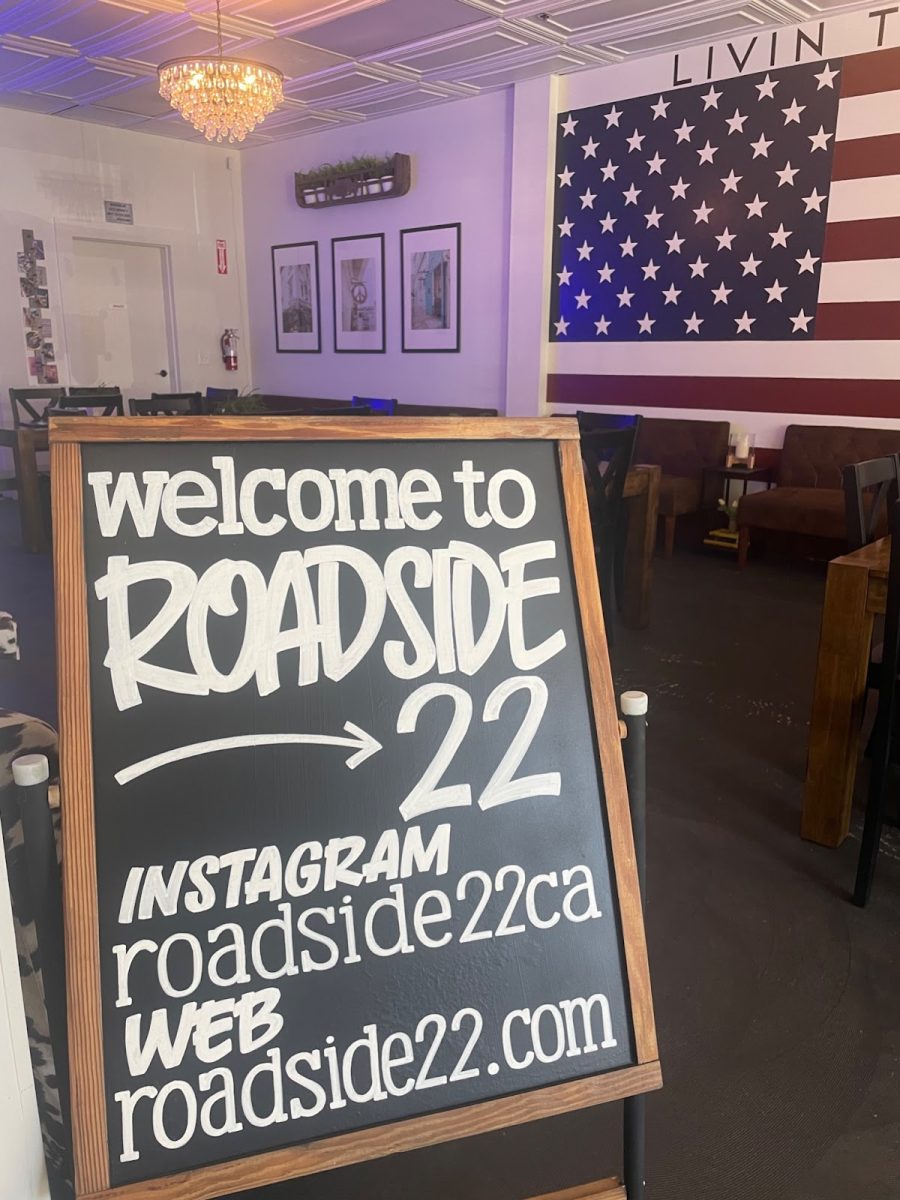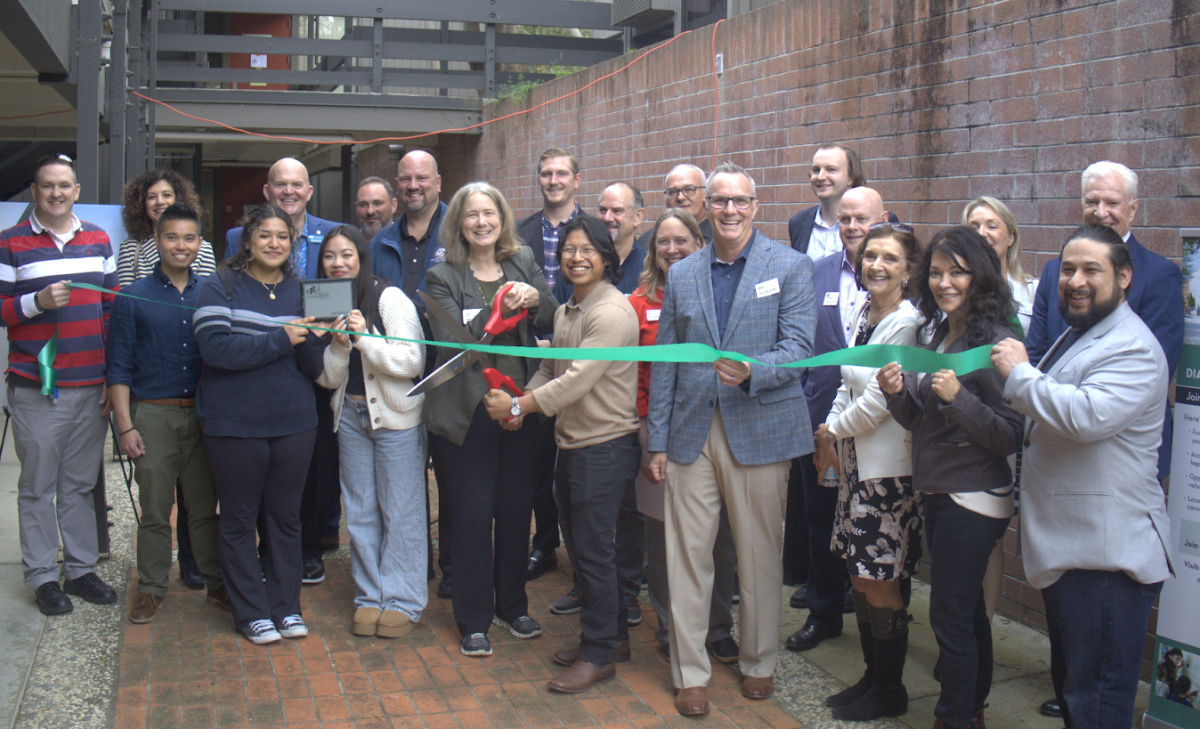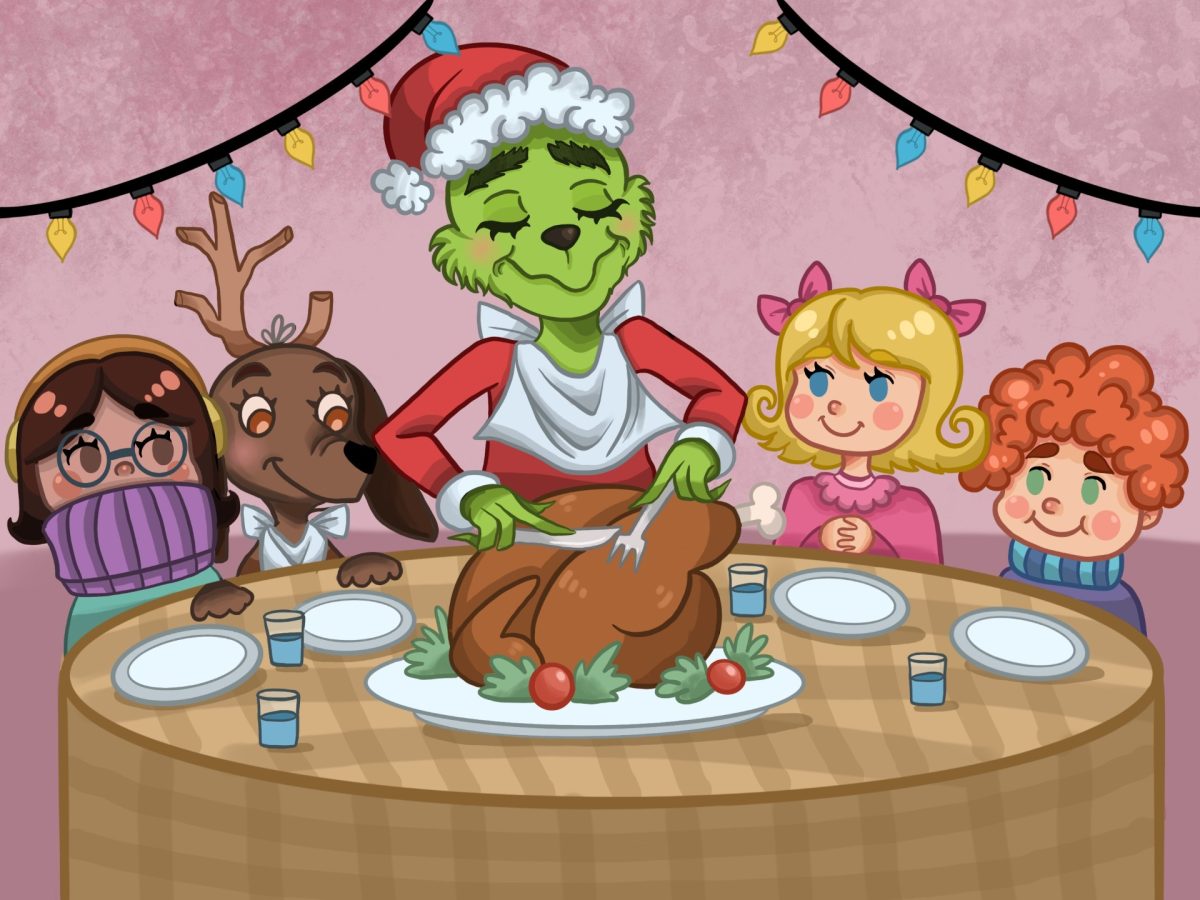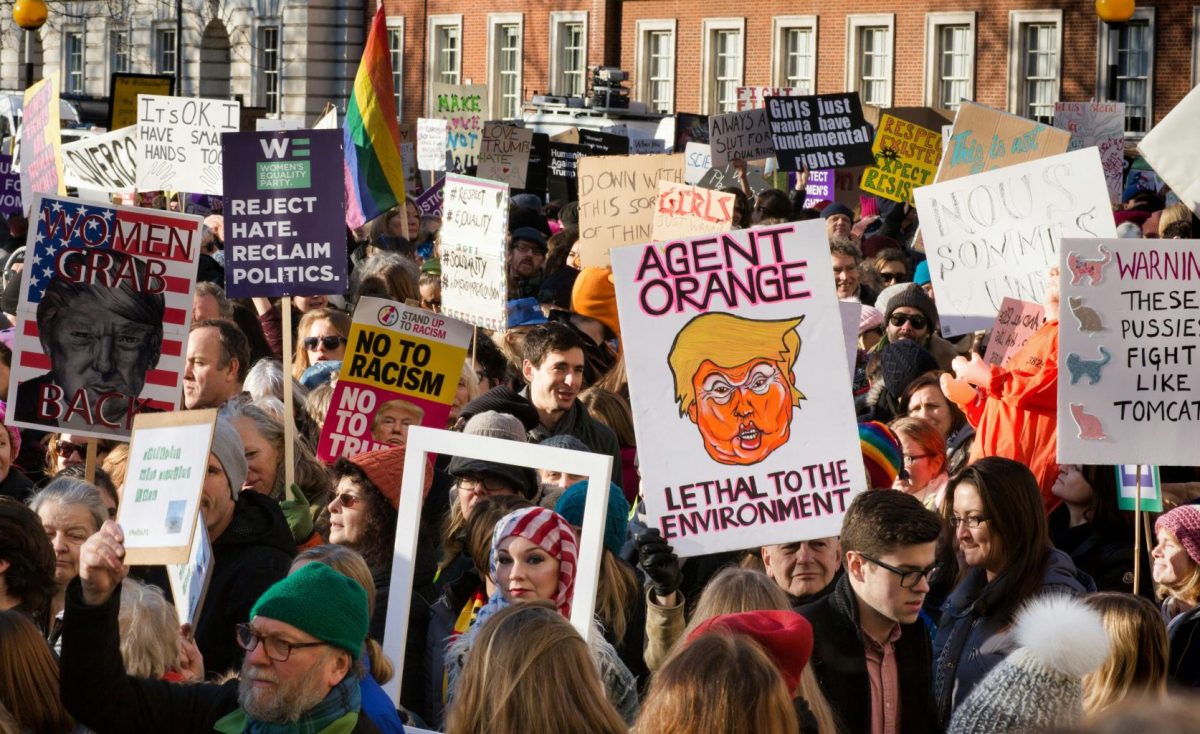Editor’s note: Heath Attia is a former DVC student currently living in Israel
Israel and Palestine’s history and politics are complicated, but it is my daily life while living in this foreign land that interests me the most, not politics, not activism – just living with the people.
Around the world, people are exposed to the constant media coverage of Israel and its problems. I came to Israel to see everything beyond the TV screen, to actually feel the situation from the inside and try to gain insight about the people living here.
I am currently living in northern Israel on a kibbutz – traditionally a Jewish collective community – in the Jezreel Valley, about 15 kilometers from the West Bank and even closer to Hafia, the main city of northern Israel.
This kibbutz, called Ha-Zoreah, is surrounded by both Jewish and Arab cities and villages. It’s a non-religious, basically secular kibbutz where people both work and live.
Everyone contributes to the community and helps one another by working. No job is more important than the other, and the income stays exactly the same. Whether you clean dishes or manage the factory, you receive the same pay.
What makes this kibbutz so unique are the people living and working within it. Besides the people who call Ha-Zoreah home, there are also volunteers from all over the world who come to work and live in the kibbutz for a period of time.
I work as a carpenter and spend most of my days working with Arab people from every background. Some are Bedouin Muslims, who live in the neighboring villages. Others are Christian, mostly coming from Nazareth, which is across the Jezreel valley.
I cannot explain in words how refreshing it is to be working together with Jews and Arabs on something outside politics and religious debates. We sit and eat together, I try speaking Arabic and Hebrew and they all try English. Everyone is always laughing and having a positive experience.
Ha-Zoreah is a special place, but it’s outside of the kibbutz that I call the real Israel.
Every week I have been traveling around Israel and Palestine to explore. Being in Israel, I noticed a stark contrast between the land and its people.
Israel’s geography is amazing; the North is lush with green forests, mountains and valleys. The weather is cooler than the south but much higher in humidity. The southern half of Israel turns from the lush greens to the pale sandy colors of the Negev desert. The dry heat and rocky desert floor make you feel thousands of miles from the North.
The people of Israel are also different, but they are not divided by north and south. Each village, city and territory has a different people and culture. One city can be Muslim Arabs or Jewish, and only a short walk can take you to a Christian-Arab village or Bedouin camp.
Israel is divided inside its own borders by different territories, and each territory is controlled by a different political and religious entity. Israel is a very small country – think of New Jersey – with a lot of different people living very close together. Most territories where I have been have the Palestinian flag, but are still a part of Israel and at peace.
For the time being, I have learned to stay far from politics when visiting each place. Instead, I just observe how the people are living, and that explains much more than a heated political debate.
Right now I am still learning about this place and its history, but I believe the people of Israel and Palestine are capable of either peace or continued conflict.
My experiences are unique to myself, I can see the good in all people here, but people get caught up in politics and lose their sense for humanity. This is still the Middle East, and this country is still very new. The future is uncertain, but I have hope for both the Israelis and Palestinians.






